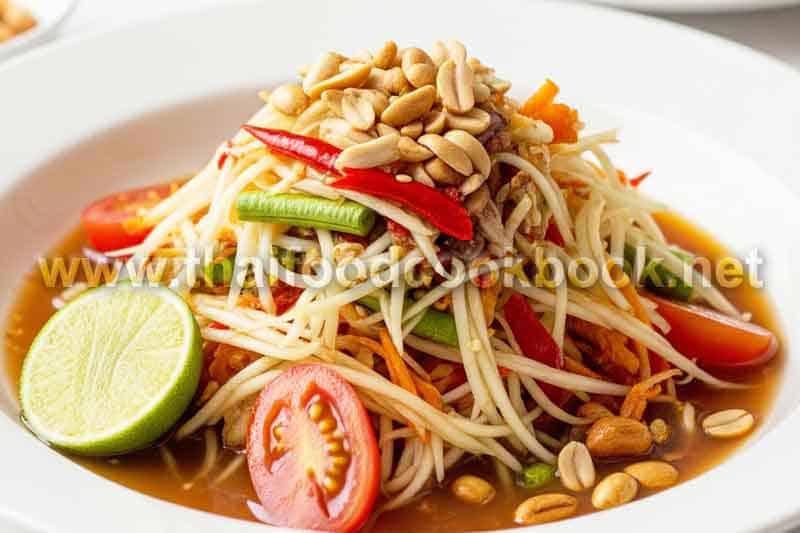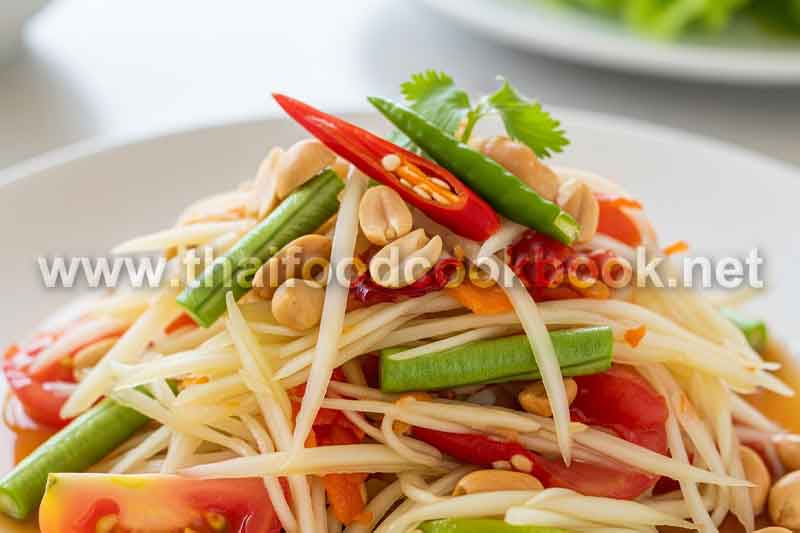Fresh vs Dried Herbs: Which Works Better in Thai Recipes?
When cooking authentic Thai food at home, one of the most common questions beginners have is whether fresh or dried herbs make a bigger impact on aroma, taste, and overall complexity. Thai cuisine is built on fragrance and layers of botanical notes, so the choice between fresh Thai basil, kaffir lime leaves, lemongrass, coriander root, and dried versions like dehydrated galangal or powdered kaffir lime peel can dramatically change the dish. In traditional home-style cooking across Thailand, fresh herbs tend to dominate everyday recipes because they deliver brightness and essential oils in their most natural state, while dried herbs are prized for convenience, consistency, and shelf stability. To understand which style works best, it is essential to look at how each herb is extracted, stored, and applied to soup, curry, salad, stir-fry, and dipping sauce recipes, as well as how aroma behaves during simmering or flash-frying. Some cooks even combine both forms strategically for layered complexity—for example fresh kaffir lime leaves for brightness but dried galangal for deeper backbone in coconut-based curries. Before deciding which type to use, it helps to examine how professional Thai chefs handle this balance, especially when scaling up flavors for restaurants or adjusting seasoning to suit regional traditions. In many cases, the deciding factor is not simply taste but extraction timing, oil release, and cooking technique. To explore this topic further, beginners can also browse useful Thai cooking guides such as fresh vs dried herbs in Thai cuisine where real-world applications show how experienced cooks choose between softness, fragrance, and bold character to achieve an authentic result.
How Fresh Herbs Create Aroma and Brightness in Thai Cooking
Fresh herbs are considered the soul of Thai food because they carry volatile essential oils that evaporate and bloom the moment they hit heat or acidic ingredients. Popular examples include Thai sweet basil, holy basil, mint, culantro, coriander leaves, pandan, and turmeric leaves. These ingredients are rarely substituted with dried versions in everyday dishes because their perfume is released primarily through crushing, bruising, and brief contact with heat. The essential oils inside the leaves begin degrading within minutes of chopping, which is why Thai kitchens often add these herbs toward the final stage of cooking or use them raw in salads such as larb, nam tok, or miang kham. Fresh kaffir lime leaves are shredded by hand for maximum aroma concentration, while holy basil is tossed briefly through a smoking-hot wok to perfume stir-fries before evaporation dulls its character.
There are also cultural aspects at play. In central Thai cuisine, fresh lemongrass is pounded with galangal and coriander root to form curry paste bases that become the “breathing spine” of the dish. In the northeast (Isaan), fresh mint and culantro dominate salad finishing, whereas southern Thai food relies more heavily on raw aromatics to tame the intensity of chili heat. When consumers follow a modern recipe online, they often wonder whether they can simply replace fresh basil with a jarred dried version—yet doing so will instantly change the tone and liveliness of the dish. Chefs advise that fresh herbs should be chosen when:
- The final aroma of the dish should be floral, citrusy, or grassy.
- The herb is meant to be eaten whole or visible in the finished dish.
- The technique involves tossing, bruising, or raw garnishing.
- The flavor relies on volatile oils which do not survive dehydration.
- The recipe calls for brightness instead of background warmth.
In short, dried herbs rarely replace fresh ones one-to-one in Thai dishes where aroma is the star rather than a supporting note.
When Dried Thai Herbs Are More Suitable Than Fresh
Despite the dominance of fresh aromatics in Thai cuisine, dried herbs hold significant value—especially in slow-cooked broths, curry pastes prepared in bulk, preserved condiments, and dishes where long simmering would burn off the delicate notes of fresh greens. Some Thai ingredients are actually more potent when dried because dehydration concentrates fibrous botanicals and makes their medicinal base flavors more pronounced. Classic examples include dried galangal slices for tom kha soups, dried kaffir lime peel in curry pastes, toasted coriander seed, roasted cumin, dried chili, and pandan powder for desserts. These dried aromatics create warmth, foundation, and slower-unfolding depth rather than fast-release fragrance.
Dried herbs are especially favored in:
- Hotel or restaurant settings where bulk flavor prep is required.
- Export Thai cuisine where supply chains make fresh ingredients costly.
- Hearty curries that require a “backbone” instead of surface brightness.
- Slow-simmered stock or infused coconut cream bases.
- Long cooking methods where fresh herbs would disintegrate.
When buying dried herbs for Thai cooking, cooks evaluate absorbency, aroma retention, and fiber quality—not just scent in the jar. This is why premium-grade dried kaffir lime leaf flakes or dried lemongrass have a superior infusion profile compared to cheaper powdered substitutes. Dehydrated galangal is another well-known example: while fresh galangal smells brighter, dried galangal provides structure and woodsy undertones without overwhelming the soup. It infuses more slowly and resists overcooking, which is ideal for long-simmering Thai coconut soups.
Choosing When to Use Fresh vs Dried for the Best Thai Flavor
To decide which form works better for your Thai recipe, consider the cooking style and role of the herb in the dish. Fresh herbs should be used when they provide the top-note aroma—like Thai basil in a stir-fry, kaffir lime leaf in a salad garnish, or holy basil finishing pad kra pao. Dried herbs are recommended when they serve as a deep flavor anchor such as curry pastes, broth infusions, preservable marinades, or spice blends. Many home cooks discover that the most successful Thai recipes mix the two: a dried base for backbone plus a fresh final touch for brightness and lift. For example, a green curry can start with dried galangal for earthiness but finish with hand-torn fresh kaffir lime leaves for a fragrant pop. Similarly, dried lemongrass is excellent in stock, while fresh lemongrass shines in salad dressings and marinades where its citrus oils remain intact.
In summary, Thai cuisine uses fresh herbs when aroma must bloom instantly and dried herbs when flavor must simmer, deepen, or preserve. By understanding how extraction works and how heat affects essential oils, cooks can make smarter substitutions and produce restaurant-level depth of flavor in home kitchens. To further explore science-backed guidance on how dried and fresh herbs behave in traditional Southeast Asian cookery, culinary enthusiasts can learn more about fresh and dried herbs which explains how moisture loss and oil concentration influence cooking technique and aroma payoff.

